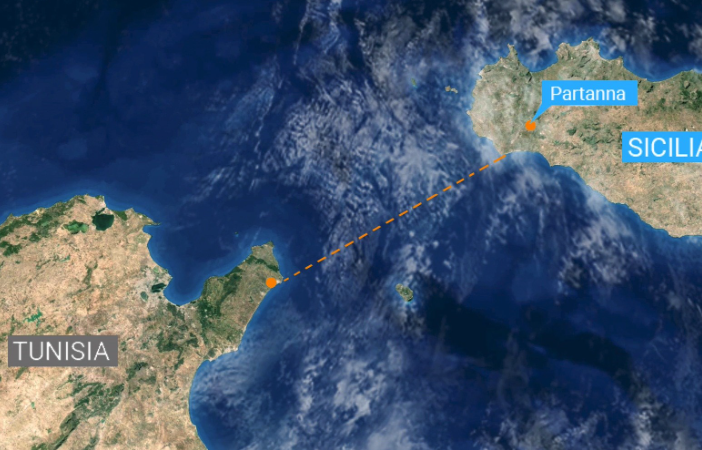News Flash
- The European Commission has given the green light for EUR 307 million in co-funding for a undersea electricity transmission line interconnection between Italy and Tunisia.
- A total of €850 million is needed for the subsea cable link between Partanna, Sicily, and Cape Bon, Tunisia.
The project will be carried out by Italian electricity grid operator TERNA and its Tunisian counterpart STEG and will create a new energy corridor between Africa and Europe, supporting energy supply security and an increase in energy production from renewable sources
The project, which is included in the list of Projects of Common Interest (PCI) under EU Regulation 347/2013, is set to receive investments of approximately € 850 million. Of these, € 307 million will be funded by the Connecting Europe Facility (“CEF”), the European Union fund established to support key projects that aim to optimise energy infrastructure in the EU.
This is a landmark decision: it is the first time that CEF funds have been allocated to an infrastructure project developed by a Member State and a Third Country. As a further testament to its strategic importance, the European Commission has allocated over half of the available budget in the 2022 call to the project.
The work, which will be developed by Italy’s Terna and STEG, the Tunisian electricity operator, will promote the integration of the electricity markets, improve energy security and, above all, increase electricity production from renewable sources in Europe and Africa and promote the diversification of energy sources. In addition, once operational the connection will help to reduce greenhouse gas emissions.
Terna’s new interconnection, which is the result of an intergovernmental agreement between the two countries signed in December 2021, will also facilitate the achievement of the national and international energy and climate targets set by the National Integrated Energy and Climate Plan (PNIEC) and the Green New Deal.
“Thanks to this project, Italy will be able to firmly establish itself as the Mediterranean energy hub,” declared Terna’s CEO Stefano Donnarumma. “It is a strategic infrastructure project for Italy and for Europe, which will significantly contribute to energy independence, to the security of the electricity system, and to the development of renewable energy. We are very pleased to receive funding from the European Commission – the very first time a grant has been allocated to an intercontinental project – which recognised the strategic value of our project,” added Donnarumma.
The project involves the construction of a submarine interconnection extending for over 200 km and reaching a maximum depth of 800 metres. In Italy, the underground link starting from the landing point in Castelvetrano, in the province of Trapani, will follow existing roads for 18 km, with no impact on the environment or landscape, to reach Partanna, also in Trapani, where the new electrical conversion station will be constructed near to the existing one.
Author: Bryan Groenendaal















